JavaScript Fan Chart
Here we demonstrate how to create a JavaScript Fan Chart using SciChart.js. Zoom in and out to see the detail you can go to using our JavaScript Charts
drawExample.ts
index.html
vanilla.ts
theme.ts
data.ts
1import { getVarianceData } from "./data";
2import { appTheme } from "../../../theme";
3
4import {
5 MouseWheelZoomModifier,
6 ZoomExtentsModifier,
7 ZoomPanModifier,
8 XyyDataSeries,
9 NumericAxis,
10 SciChartSurface,
11 XyDataSeries,
12 ENumericFormat,
13 WaveAnimation,
14 SplineLineRenderableSeries,
15 TextAnnotation,
16 EVerticalAnchorPoint,
17 SplineBandRenderableSeries,
18} from "scichart";
19// tslint:disable:max-line-length
20
21const animation = new WaveAnimation({ duration: 700, fadeEffect: true });
22
23export const drawExample = async (rootElement: string | HTMLDivElement) => {
24 // Create a SciChartSurface
25 const { wasmContext, sciChartSurface } = await SciChartSurface.create(rootElement, {
26 theme: appTheme.SciChartJsTheme,
27 });
28
29 // Add an XAxis, YAxis
30 sciChartSurface.xAxes.add(new NumericAxis(wasmContext, { labelFormat: ENumericFormat.Date_DDMMYYYY }));
31 sciChartSurface.yAxes.add(new NumericAxis(wasmContext));
32
33 // Generates some data for the example as an array of TVarPoint: {
34 // date: number;
35 // actual: number;
36 // varMax: number;
37 // var4: number;
38 // var3: number;
39 // var2: number;
40 // var1: number;
41 // varMin: number;
42 // }
43 const varianceData = getVarianceData();
44
45 // To render the fan chart, we use a Line Chart with XyDataSeries
46 // and three Band charts with XyyDataSeries
47 const actualDataSeries = new XyDataSeries(wasmContext);
48 const variance3DataSeries = new XyyDataSeries(wasmContext);
49 const variance2DataSeries = new XyyDataSeries(wasmContext);
50 const variance1DataSeries = new XyyDataSeries(wasmContext);
51
52 actualDataSeries.appendRange(
53 varianceData.map((v) => v.date),
54 varianceData.map((v) => v.actual)
55 );
56 variance3DataSeries.appendRange(
57 varianceData.map((v) => v.date),
58 varianceData.map((v) => v.varMin),
59 varianceData.map((v) => v.varMax)
60 );
61 variance2DataSeries.appendRange(
62 varianceData.map((v) => v.date),
63 varianceData.map((v) => v.var1),
64 varianceData.map((v) => v.var4)
65 );
66 variance1DataSeries.appendRange(
67 varianceData.map((v) => v.date),
68 varianceData.map((v) => v.var2),
69 varianceData.map((v) => v.var3)
70 );
71
72 // Add a line series with the Xy data (the actual data)
73 // Note use FastLineRenderableSeries for non-spline version
74 sciChartSurface.renderableSeries.add(
75 new SplineLineRenderableSeries(wasmContext, {
76 strokeThickness: 2,
77 dataSeries: actualDataSeries,
78 stroke: appTheme.VividPink,
79 animation,
80 })
81 );
82
83 // Add band series with progressively higher opacity for the fan variance data
84 // Note use FastBandRenderableSeries for non-spline version
85 sciChartSurface.renderableSeries.add(
86 new SplineBandRenderableSeries(wasmContext, {
87 dataSeries: variance3DataSeries,
88 opacity: 0.15,
89 fill: appTheme.VividPink,
90 strokeY1: "#00000000",
91 animation,
92 })
93 );
94 sciChartSurface.renderableSeries.add(
95 new SplineBandRenderableSeries(wasmContext, {
96 dataSeries: variance2DataSeries,
97 opacity: 0.33,
98 fill: appTheme.VividPink,
99 strokeY1: "#00000000",
100 animation,
101 })
102 );
103 sciChartSurface.renderableSeries.add(
104 new SplineBandRenderableSeries(wasmContext, {
105 dataSeries: variance1DataSeries,
106 opacity: 0.5,
107 fill: appTheme.VividPink,
108 strokeY1: "#00000000",
109 animation,
110 })
111 );
112
113 // Optional: Add some interactivity modifiers
114 sciChartSurface.chartModifiers.add(
115 new ZoomExtentsModifier(),
116 new ZoomPanModifier({ enableZoom: true }),
117 new MouseWheelZoomModifier(),
118 new ZoomExtentsModifier()
119 );
120
121 // Optional: Add some annotations (text) to show detail
122 sciChartSurface.annotations.add(
123 new TextAnnotation({
124 x1: varianceData[0].date,
125 y1: varianceData[0].actual,
126 verticalAnchorPoint: EVerticalAnchorPoint.Bottom,
127 yCoordShift: -50,
128 text: "Actual data",
129 opacity: 0.45,
130 textColor: appTheme.ForegroundColor,
131 })
132 );
133
134 sciChartSurface.annotations.add(
135 new TextAnnotation({
136 x1: varianceData[5].date,
137 y1: varianceData[5].actual,
138 text: "Forecast Variance",
139 verticalAnchorPoint: EVerticalAnchorPoint.Top,
140 yCoordShift: 50,
141 opacity: 0.45,
142 textColor: appTheme.ForegroundColor,
143 })
144 );
145
146 sciChartSurface.zoomExtents();
147 return { wasmContext, sciChartSurface };
148};
149See Also: JavaScript Chart Types (28 Demos)
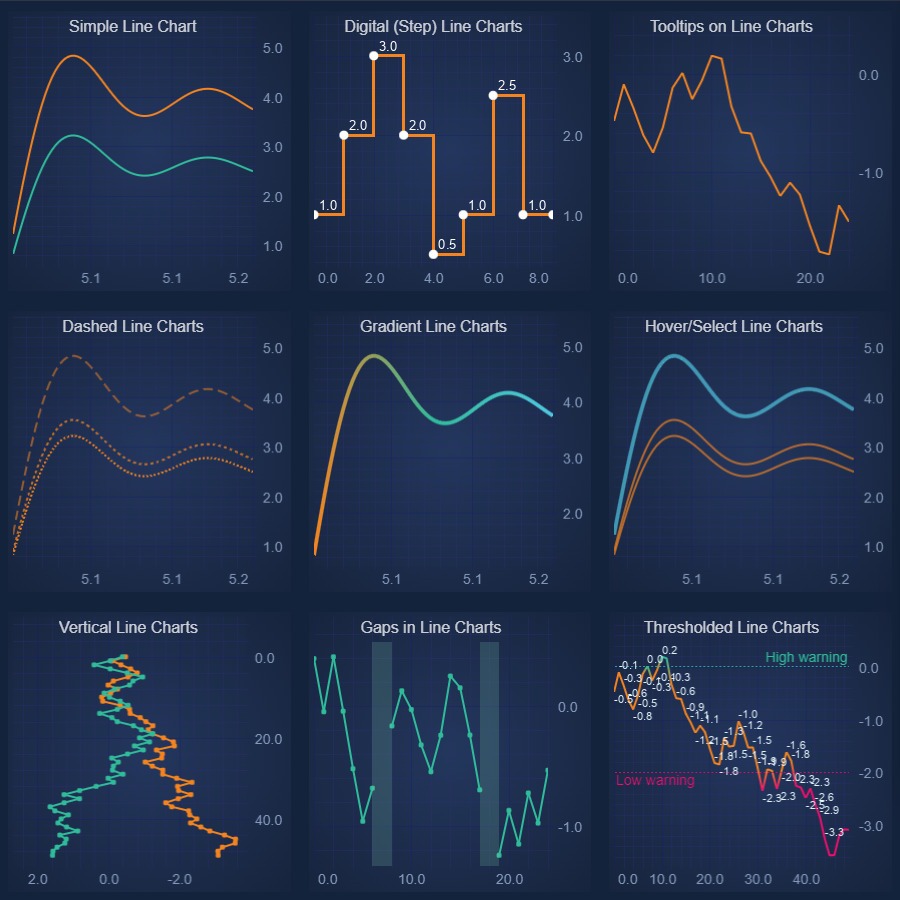
JavaScript Line Chart
Discover how to create a high performance JavaScript Line Chart with SciChart - the leading JavaScript library. Get your free demo now.
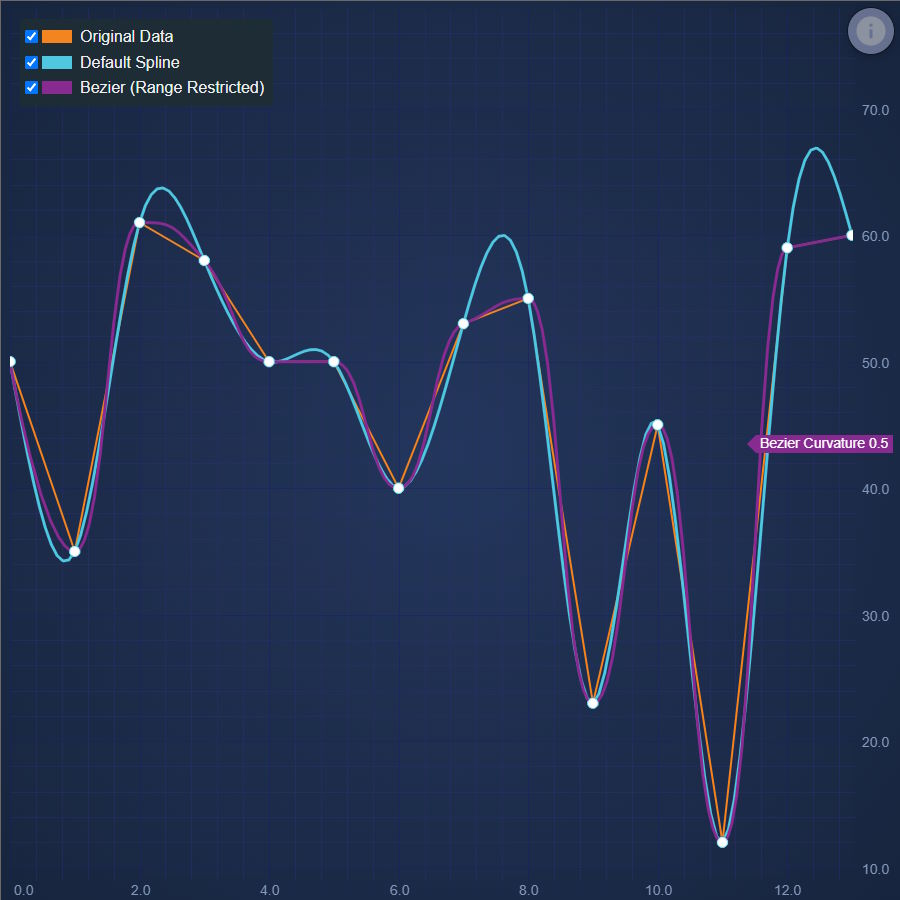
JavaScript Spline Line Chart
Discover how to create a JavaScript Spline Line Chart with SciChart. Demo includes algorithm for smoother lines. Get your free trial now.
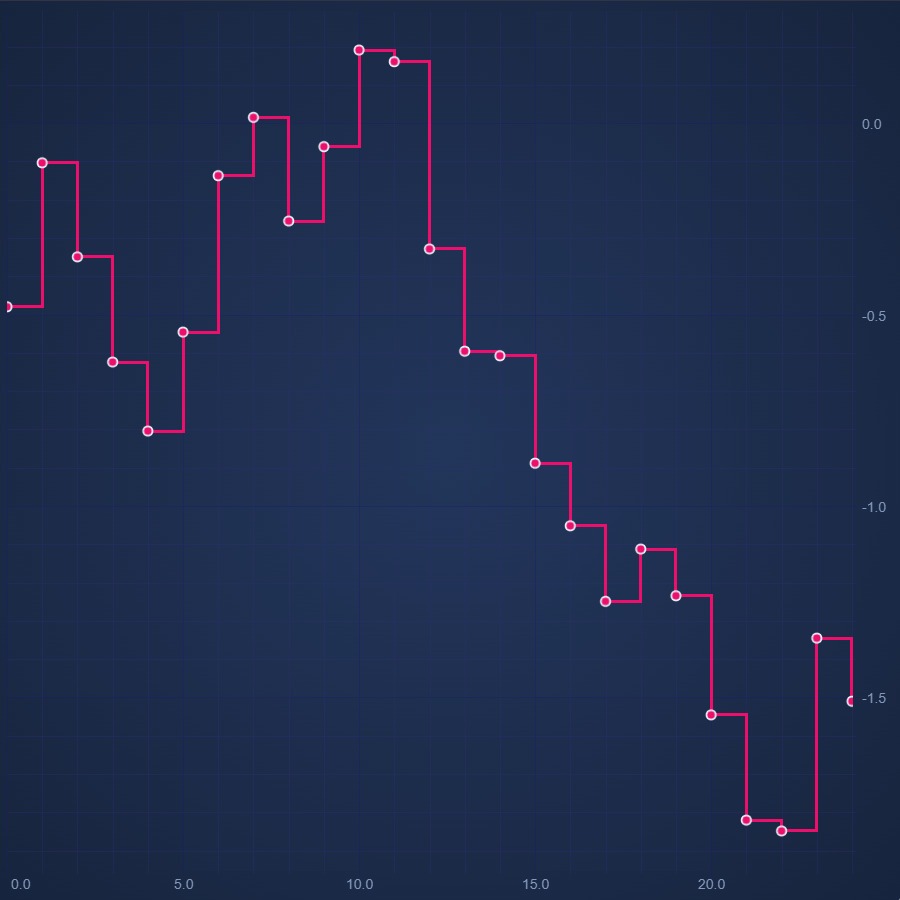
JavaScript Digital Line Chart
Discover how to create a JavaScript Digital Line Chart with SciChart - your feature-rich JavaScript Chart Library. Get your free demo now.
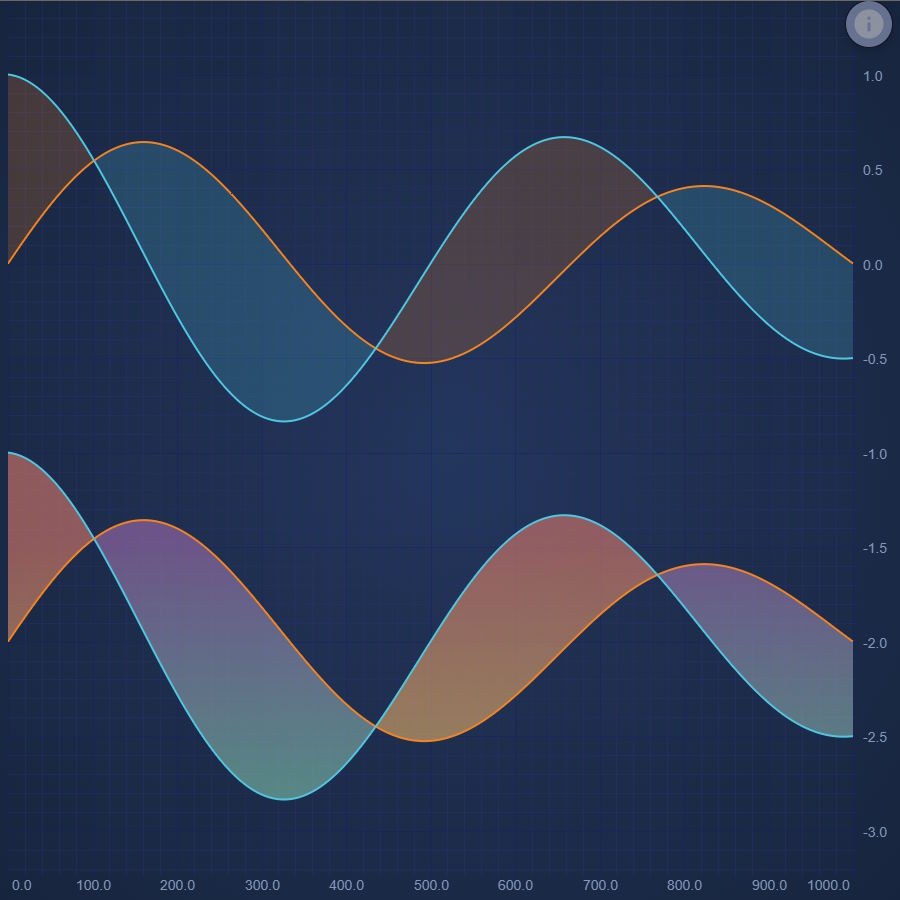
JavaScript Band Chart
Easily create a JavaScript Band Chart or High-Low Fill with SciChart - high performance JavaScript Chart Library. Get your free trial now.
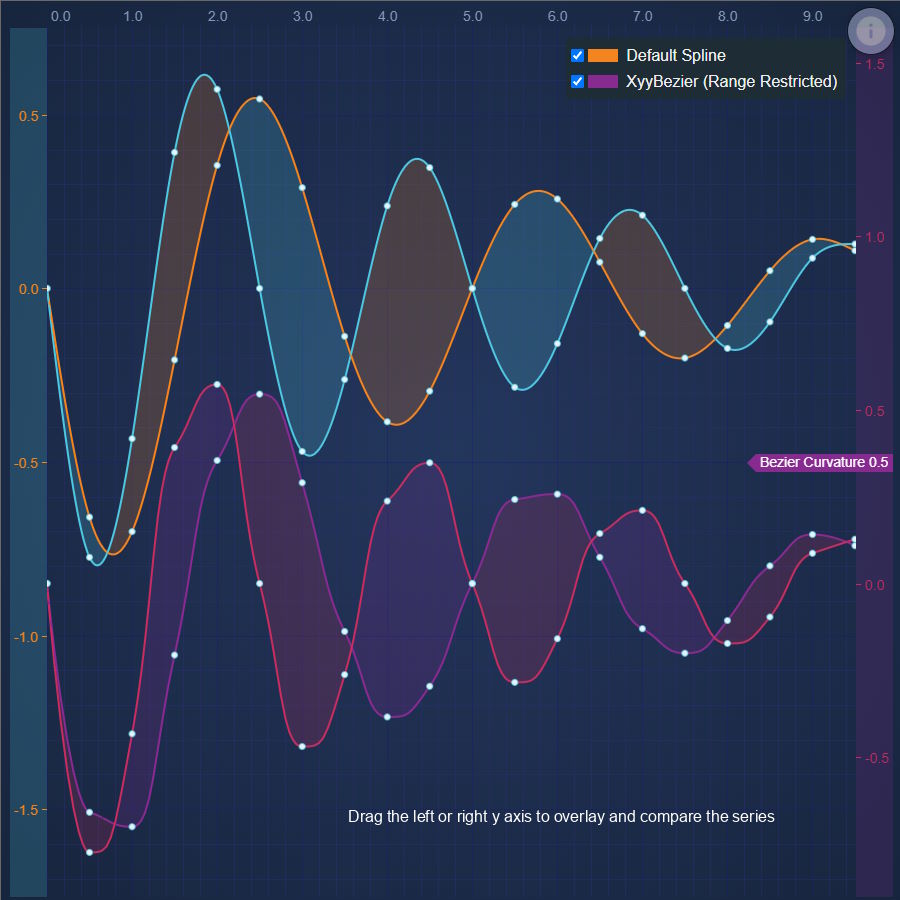
JavaScript Spline Band Chart
SciChart's JavaScript Spline Band Chart makes it easy to draw thresholds or fills between two lines on a chart. Get your free demo today.
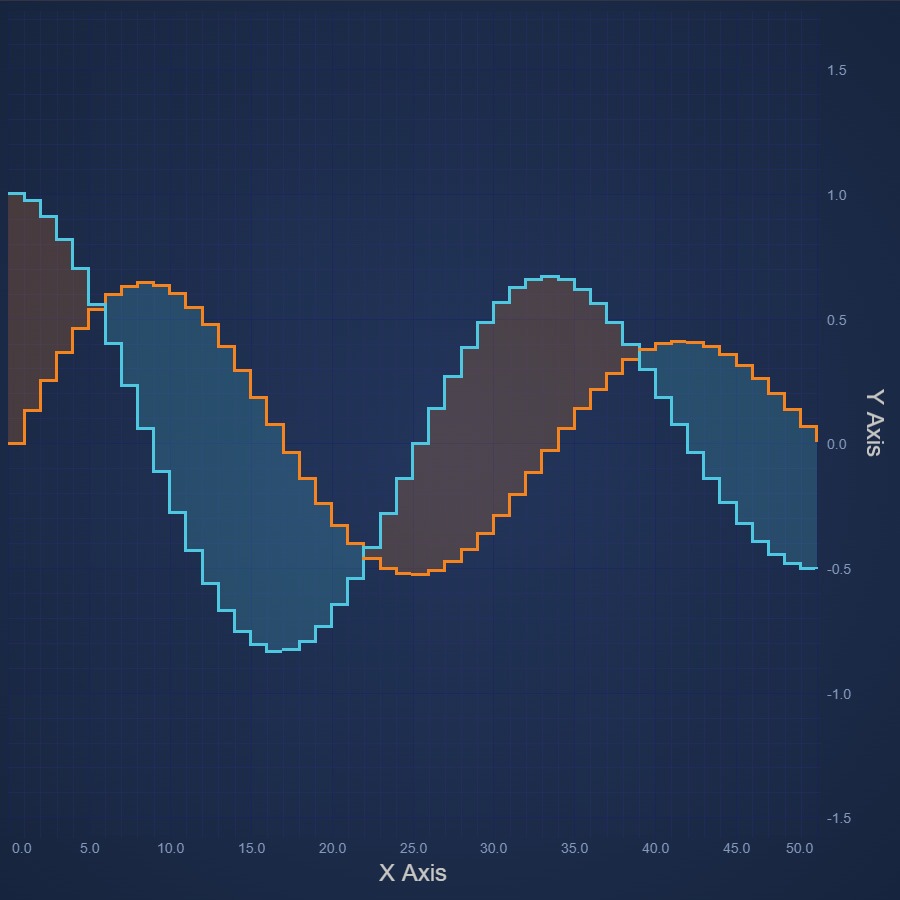
JavaScript Digital Band Chart
Learn how to create a JavaScript Digital Band Chart or High-Low Fill Chart with SciChart's easy-to-follow demos. Get your free trial today.
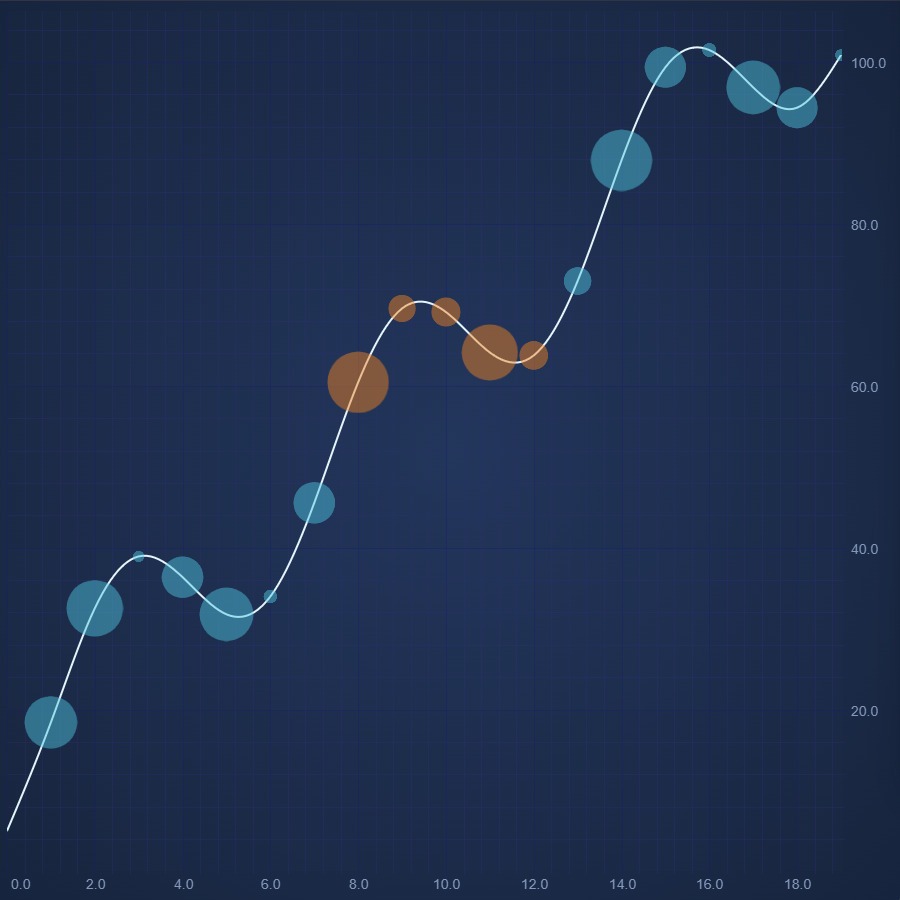
JavaScript Bubble Chart
Create a high performance JavaScript Bubble Chart with Sci-Chart. Demo shows how to draw point-markers at X,Y locations. Get your free demo now.

JavaScript Candlestick Chart
Discover how to create a JavaScript Candlestick Chart or Stock Chart using SciChart.js. For high Performance JavaScript Charts, get your free demo now.
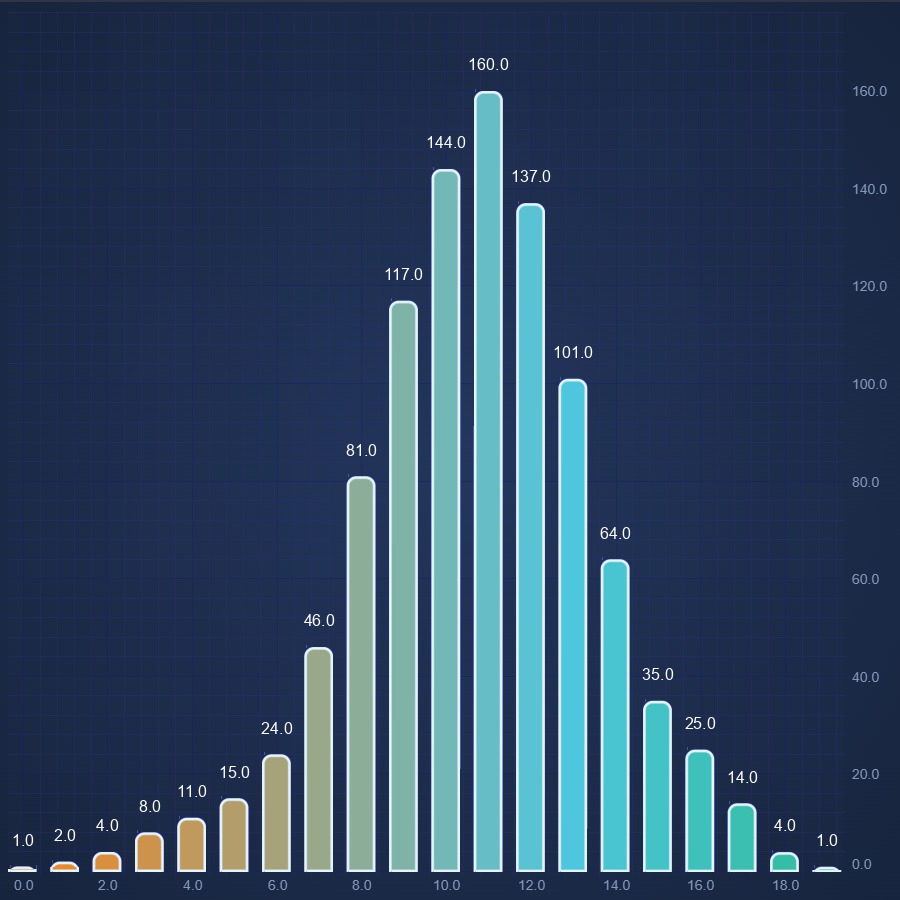
JavaScript Column Chart
JavaScript Column Chart demo by SciChart supports gradient fill and paletteproviders for more custom coloring options. Get your free demo now.
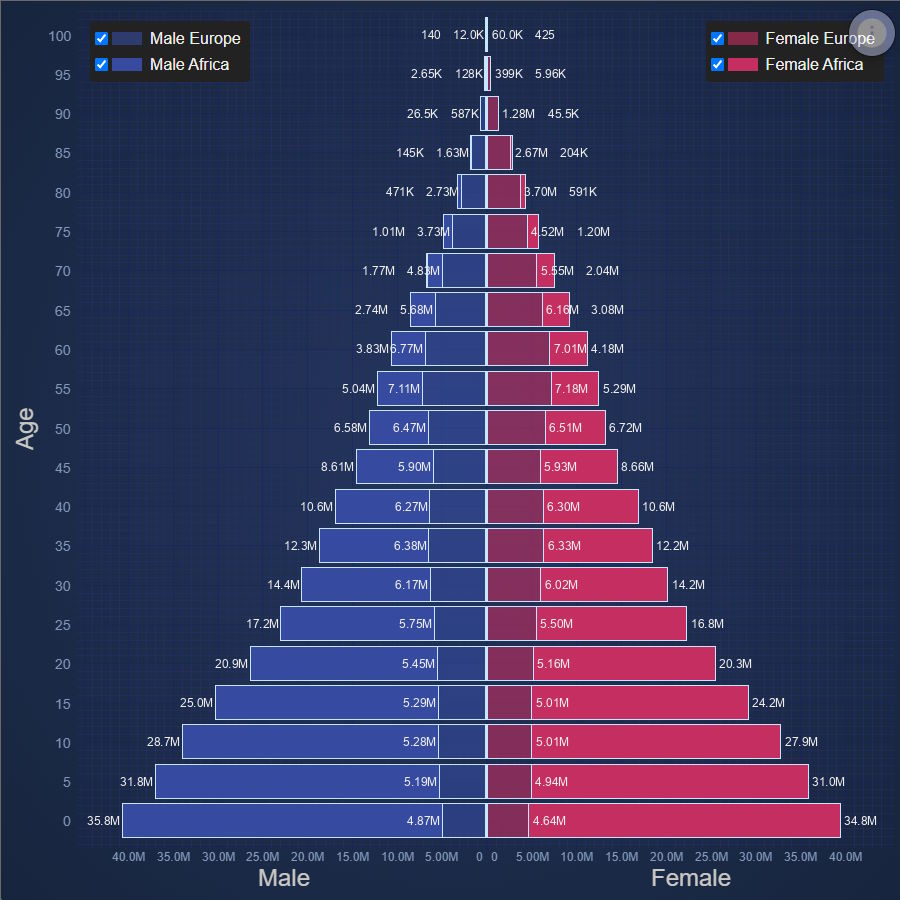
JavaScript Population Pyramid
Population Pyramid of Europe and Africa
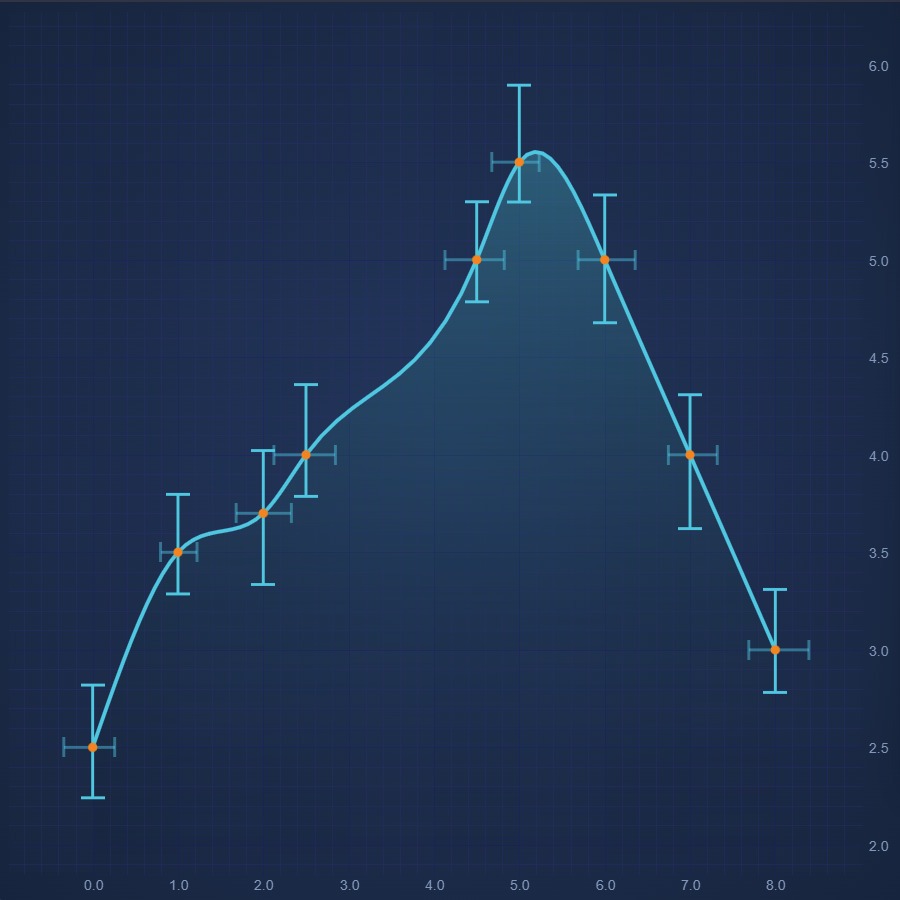
JavaScript Error Bars Chart
Create JavaScript Error Bars Chart using high performance SciChart.js. Display uncertainty or statistical confidence of a data-point. Get free demo now.
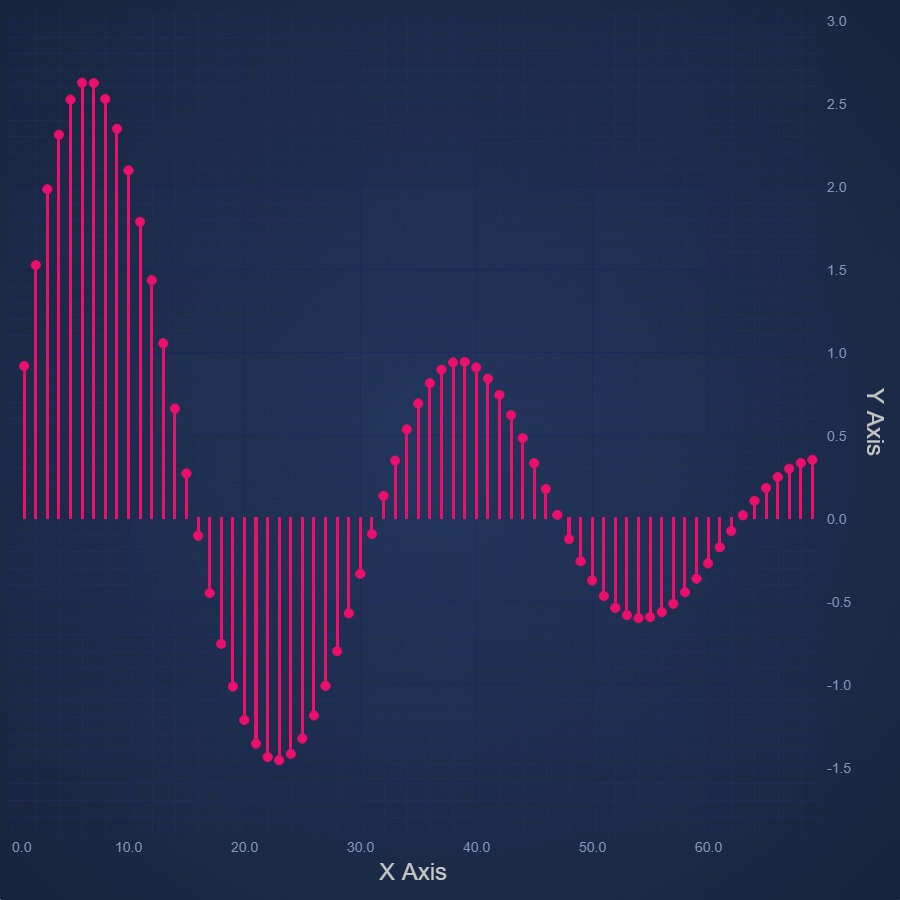
JavaScript Impulse Chart
Easily create JavaScript Impulse Chart or Stem Chart using SciChart.js - our own high performance JavaScript Chart Library. Get your free trial now.
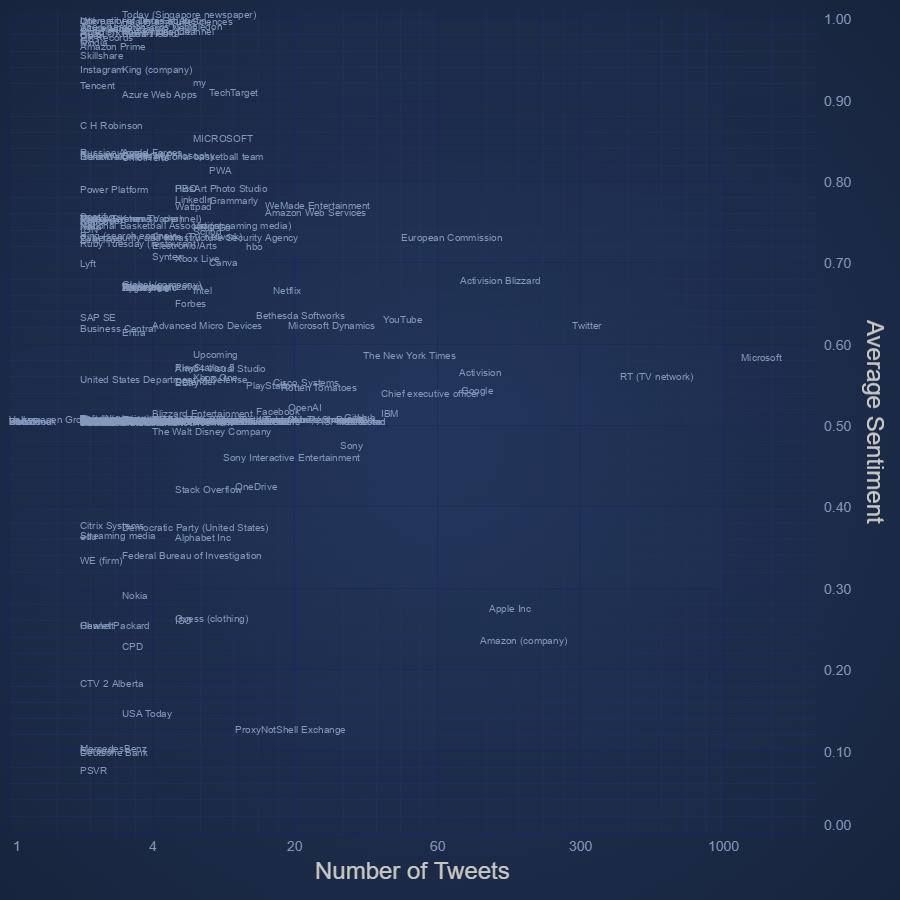
JavaScript Text Chart
Create JavaScript Text Chart with high performance SciChart.js.

JavaScript Heatmap Chart
Easily create a high performance JavaScript Heatmap Chart with SciChart. Get your free trial of our 5-star rated JavaScript Chart Component today.
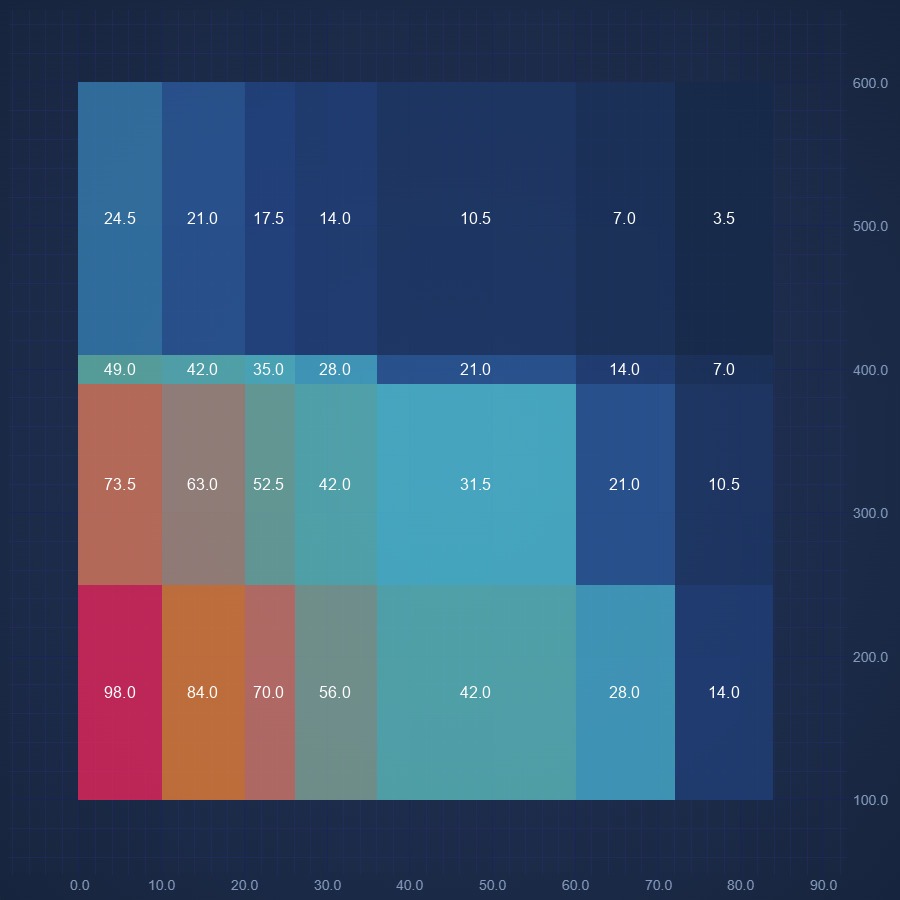
JavaScript Non Uniform Heatmap Chart
Create JavaScript Non Uniform Chart using high performance SciChart.js. Display Heatmap with variable cell sizes. Get free demo now.
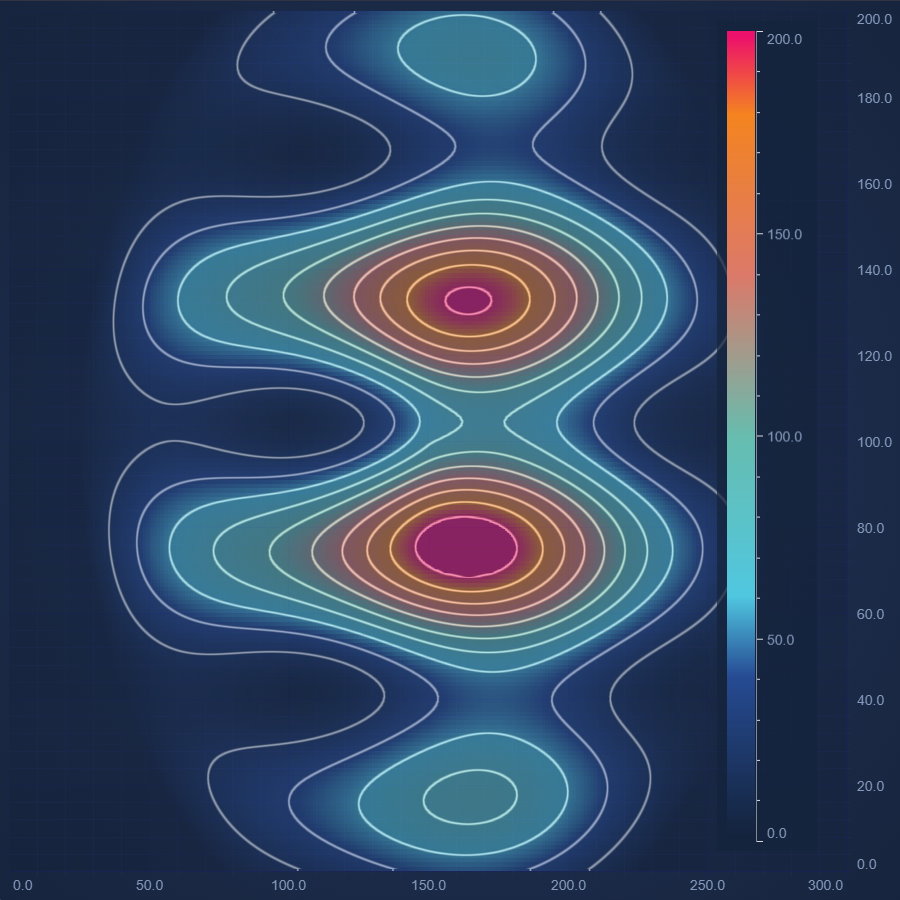
JavaScript Heatmap Chart With Contours
Design a highly dynamic JavaScript Heatmap Chart With Contours with SciChart's feature-rich JavaScript Chart Library. Get your free demo today.
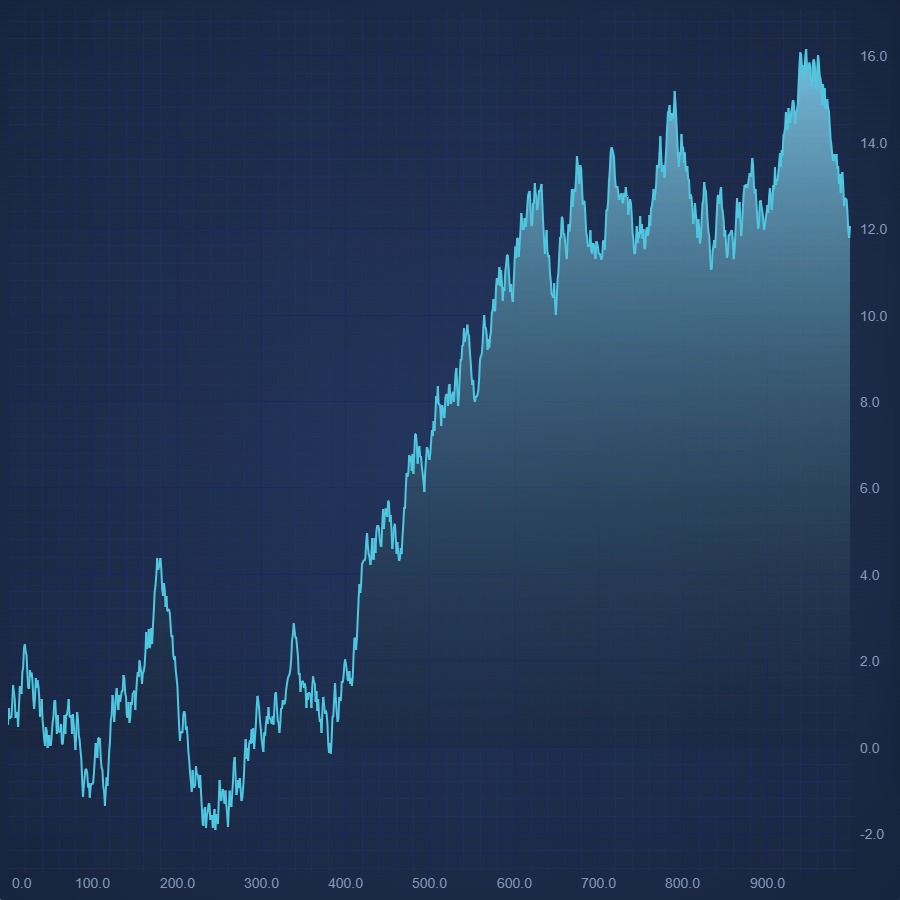
JavaScript Mountain Chart
Create JavaScript Mountain Chart with SciChart.js. Zero line can be zero or a specific value. Fill color can be solid or gradient as well. Get a free demo now.
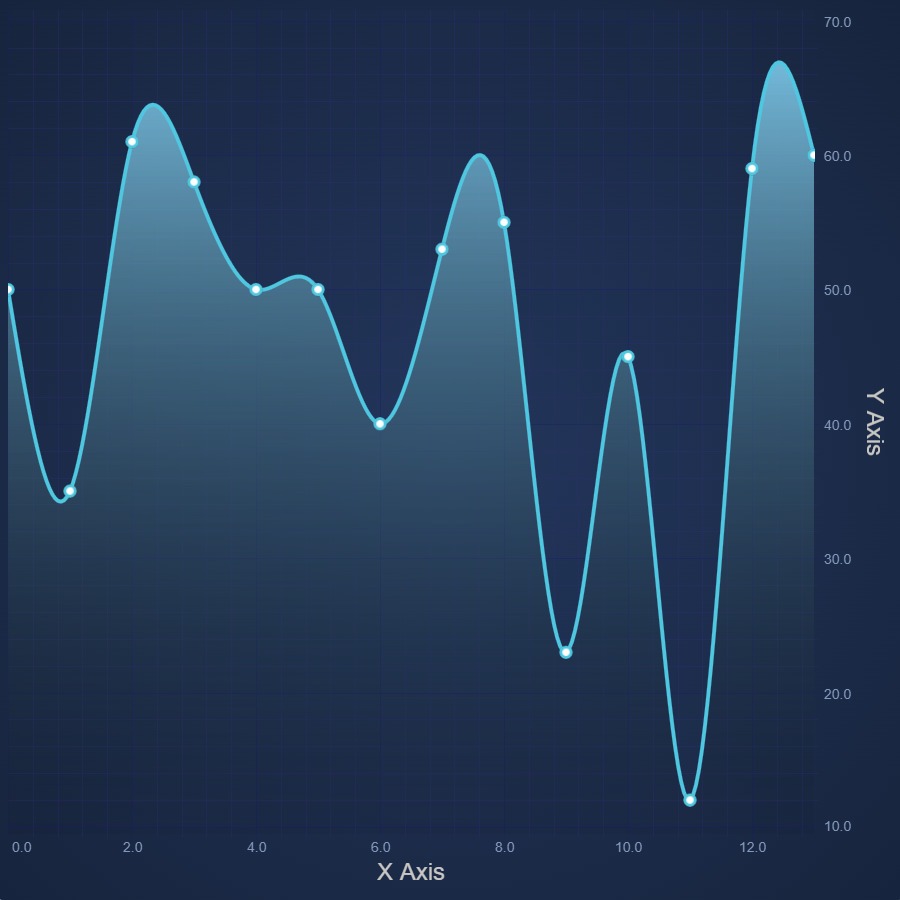
JavaScript Spline Mountain Chart
JavaScript Spline Mountain Chart design made easy. Use SciChart.js' JavaScript Charts for high performance, feature-rich designs. Get free demo now.
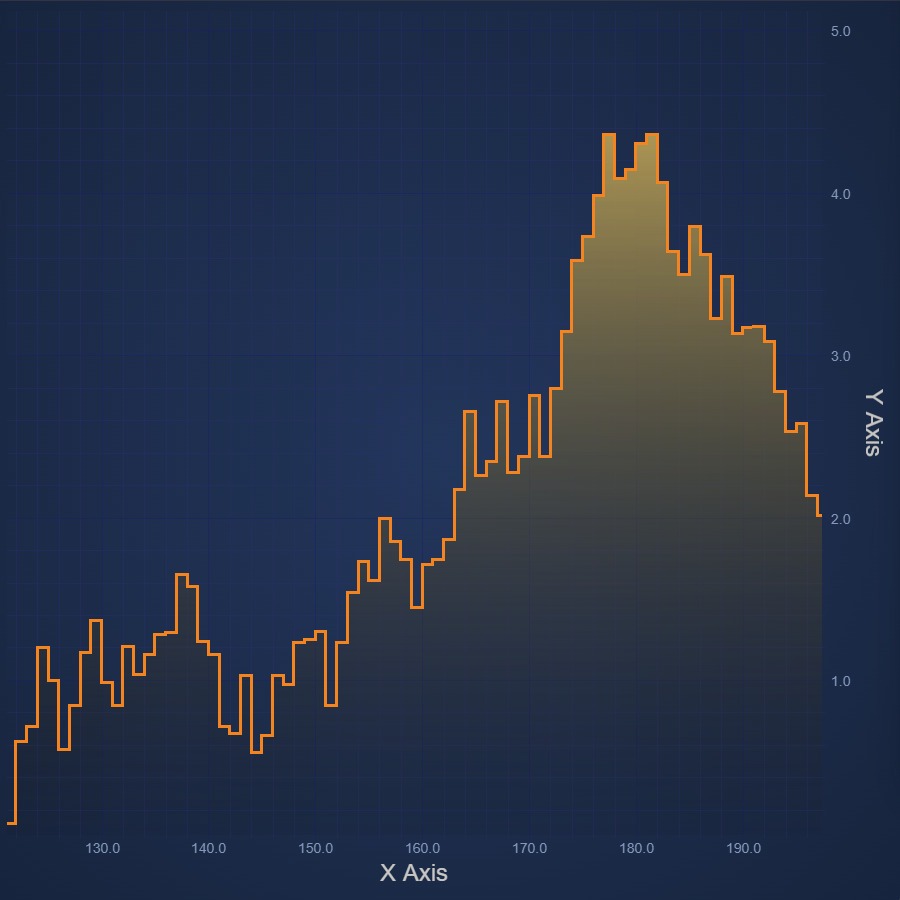
JavaScript Digital Mountain Chart
Create JavaScript Digital Mountain Chart with a stepped-line visual effect. Get your free trial of SciChart's 5-star rated JavaScript Chart Component now.
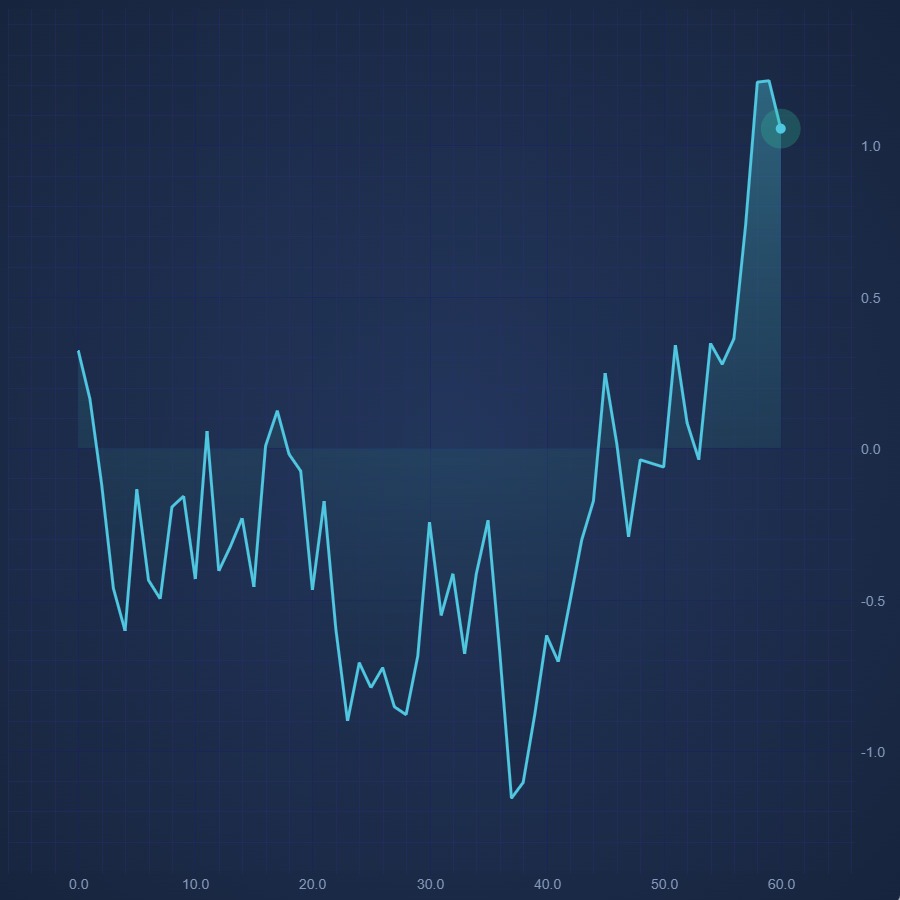
JavaScript Realtime Mountain Chart
JavaScript Realtime Mountain Chart made easy. Add animated, real-time updates with SciChart.js - high performance JavaScript Charts. Get free trial now.
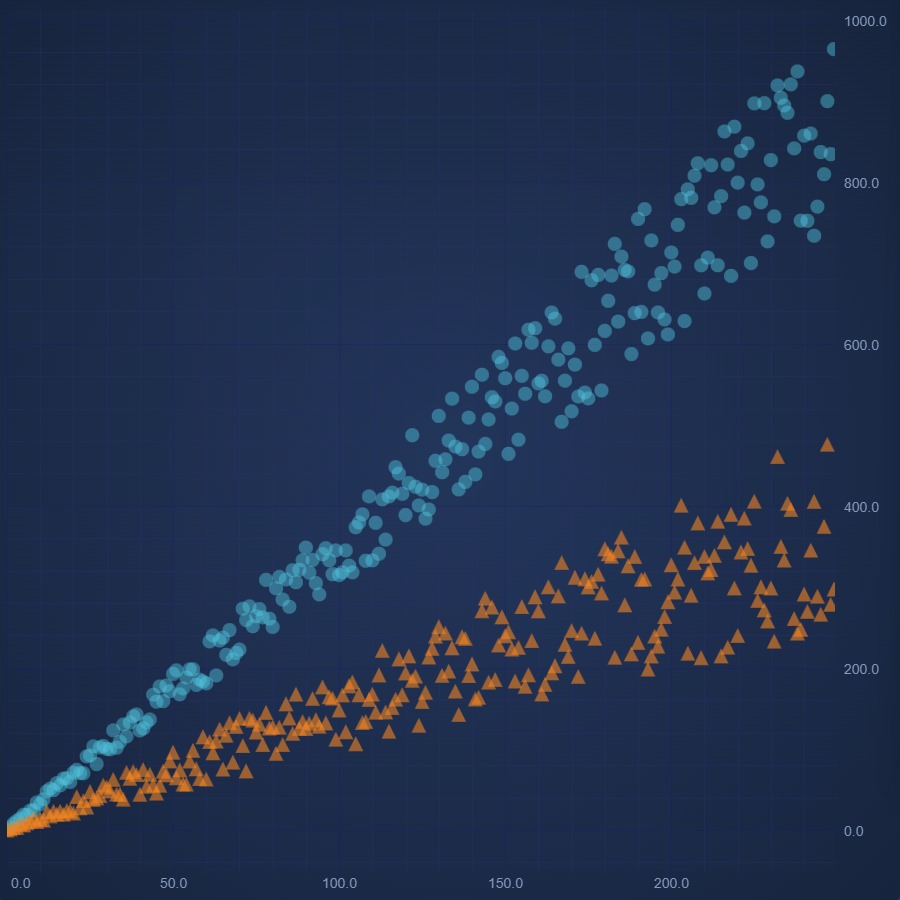
JavaScript Scatter Chart
Create JavaScript Scatter Chart with high performance SciChart.js. Easily render pre-defined point types. Supports custom shapes. Get your free trial now.
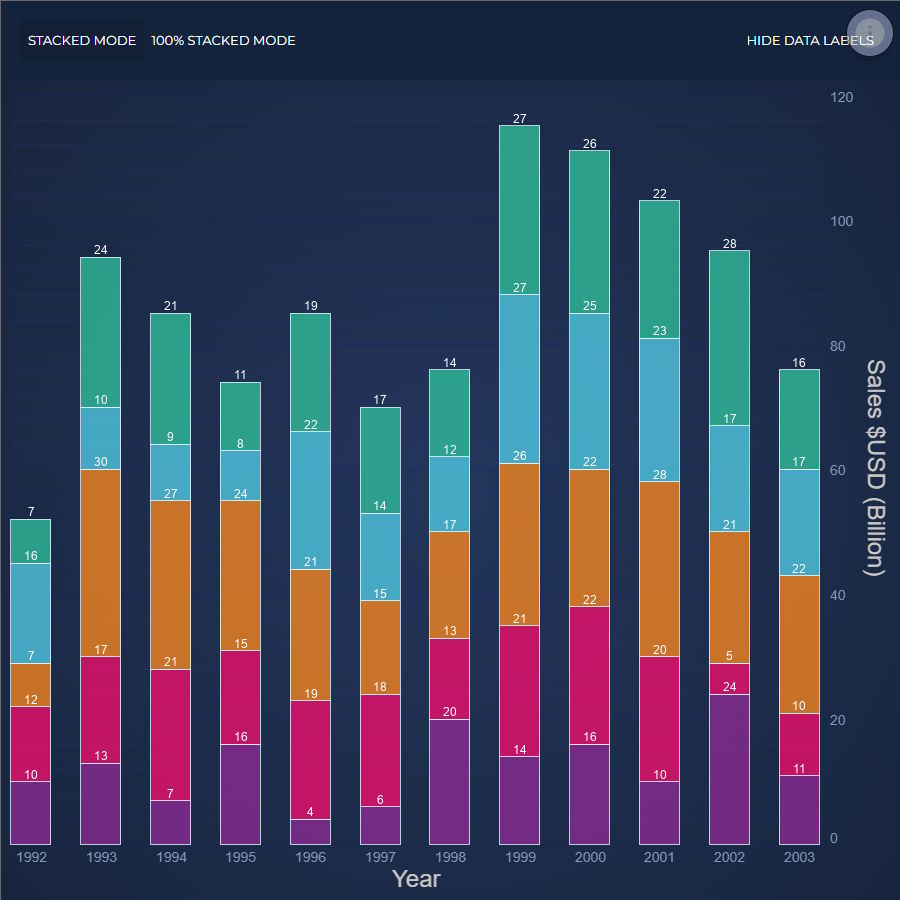
JavaScript Stacked Column Chart
Discover how to create a JavaScript Stacked Column Chart using our feature-rich JavaScript Chart Library, SciChart.js. Get your free demo today!
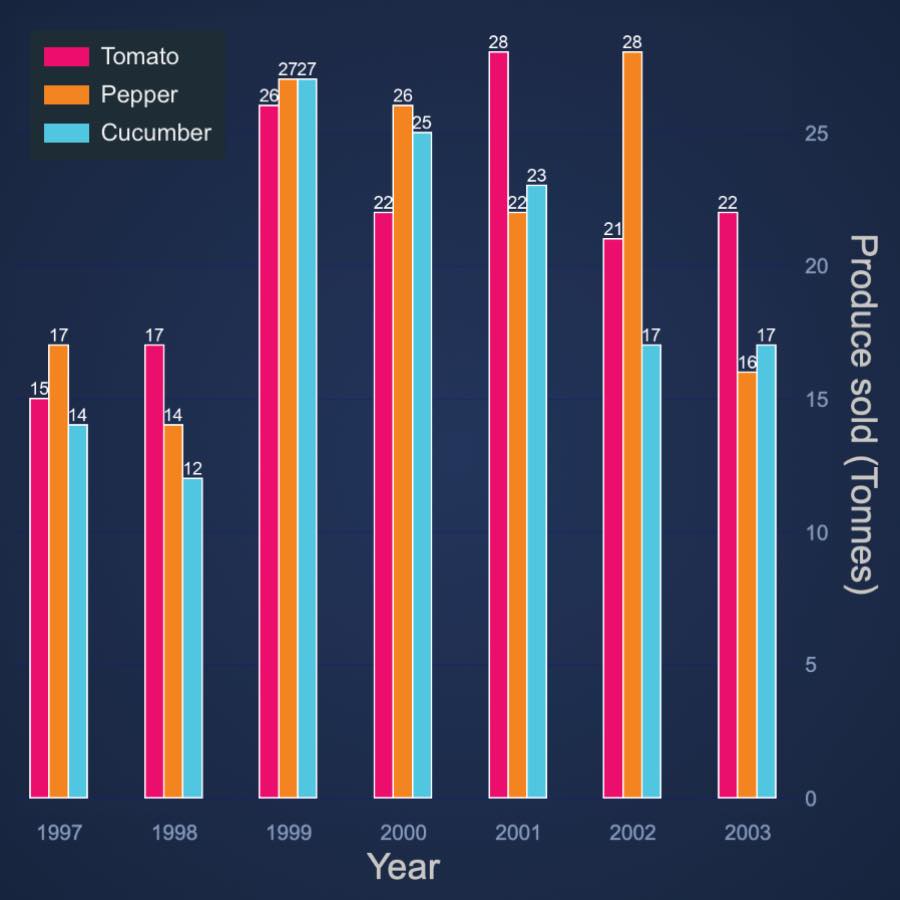
JavaScript Stacked Column Side by Side
Design JavaScript Stacked Group Column Chart side-by-side using our 5-star rated JavaScript Chart Framework, SciChart.js. Get your free demo now.
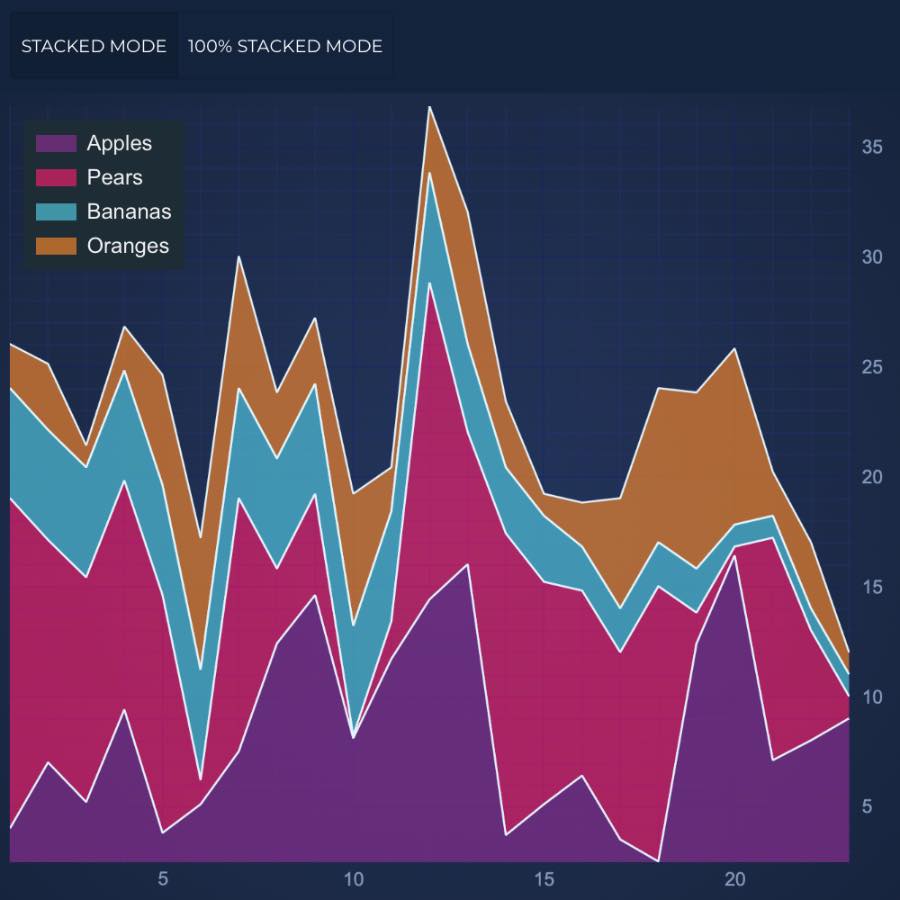
JavaScript Stacked Mountain Chart
Design a high performance JavaScript Stacked Mountain Chart with SciChart.js - your one-stop JavaScript chart library. Get free demo now to get started.
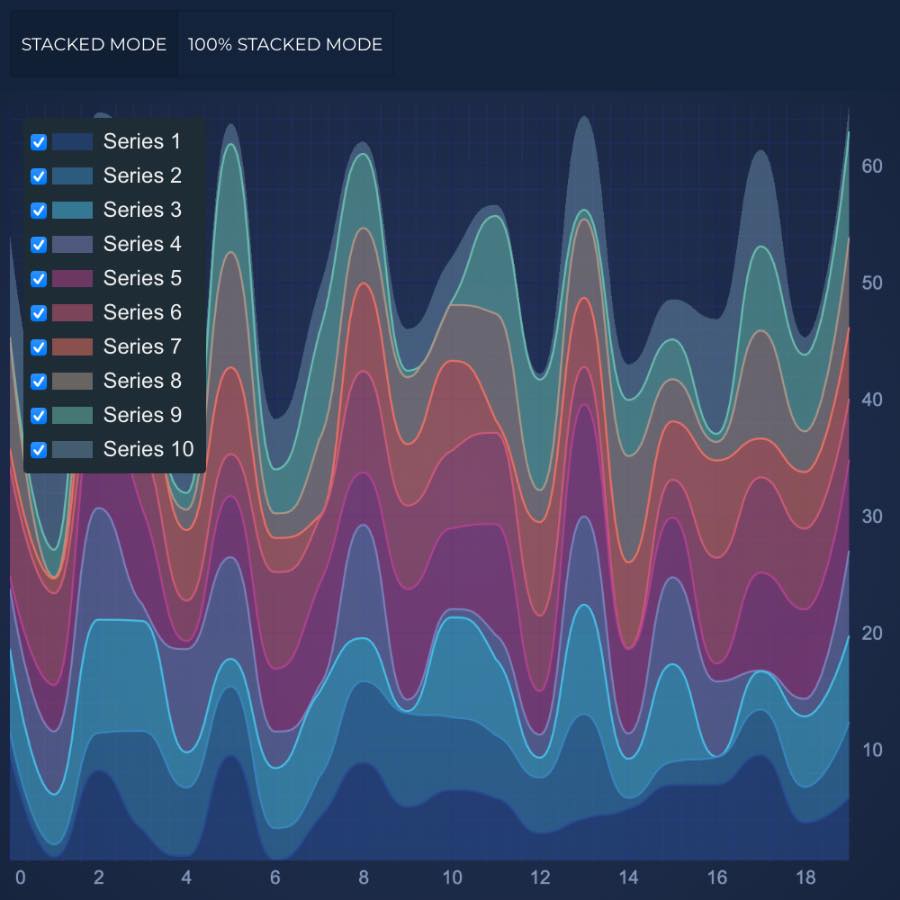
JavaScript Smooth Stacked Mountain Chart
Design a high performance JavaScript Stacked Mountain Chart with SciChart.js - your one-stop JavaScript chart library. Get free demo now to get started.
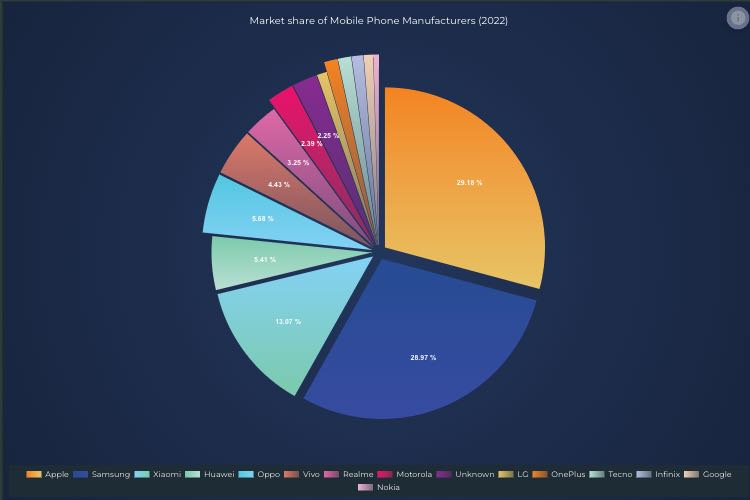
JavaScript Pie Chart
Easily create and customise a high performance JavaScript Pie Chart with 5-star rated SciChart.js. Get your free trial now to access the whole library.
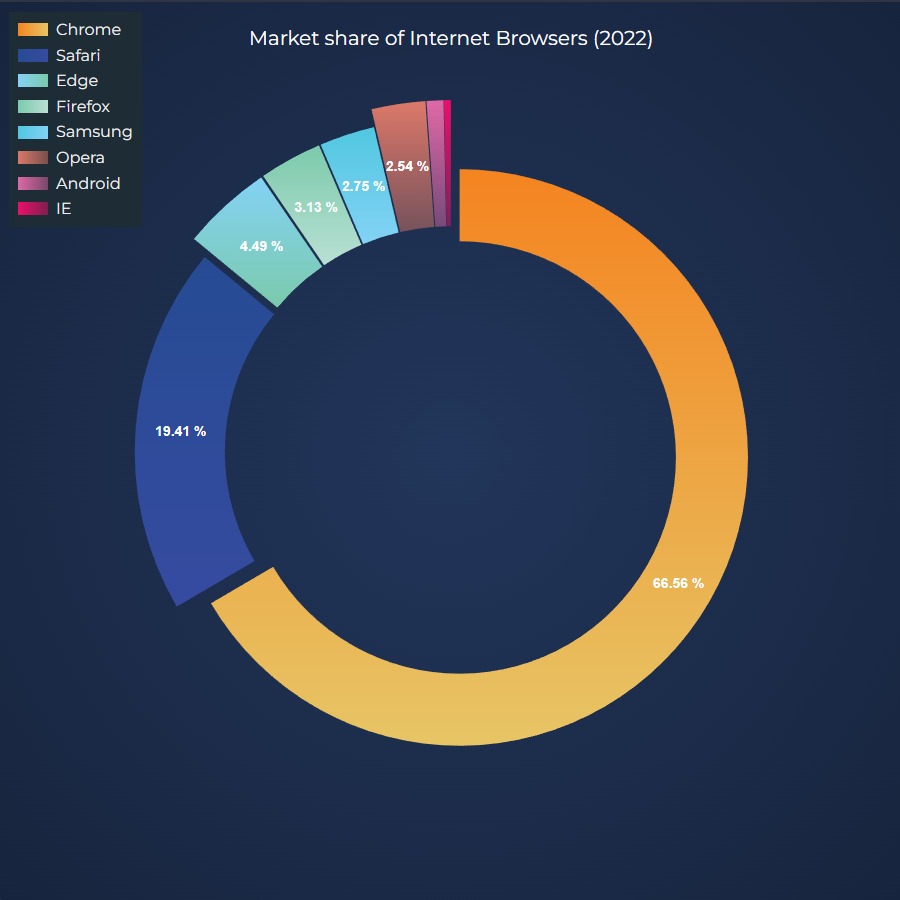
JavaScript Donut Chart
Create JavaScript Donut Chart with 5-star rated SciChart.js chart library. Supports legends, text labels, animated updates and more. Get free trial now.
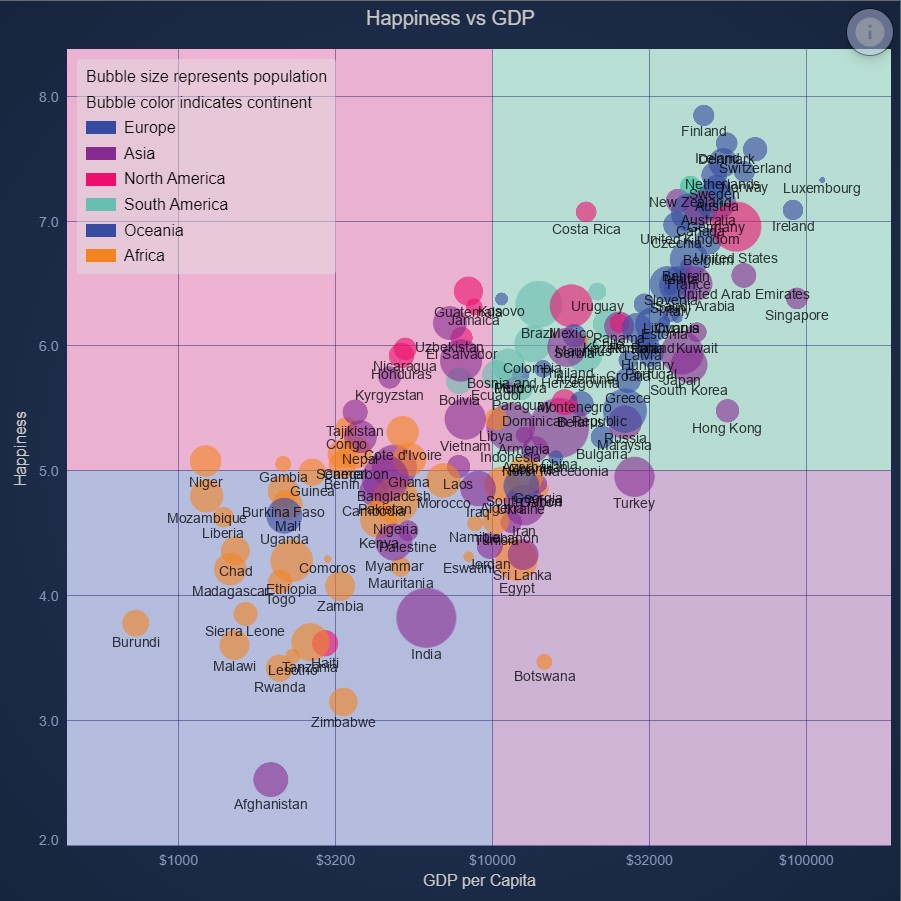
JavaScript Quadrant Chart using Background Annotations
Demonstrates how to color areas of the chart surface using background Annotations using SciChart.js Annotations API